Bears and Birds - UPDATE May 1, 2016
Lily Fans are asking about signs of grief, signs that Honey is missed, and how behaviors have changed.
Bear Curator Sharon Herrell sent me this:
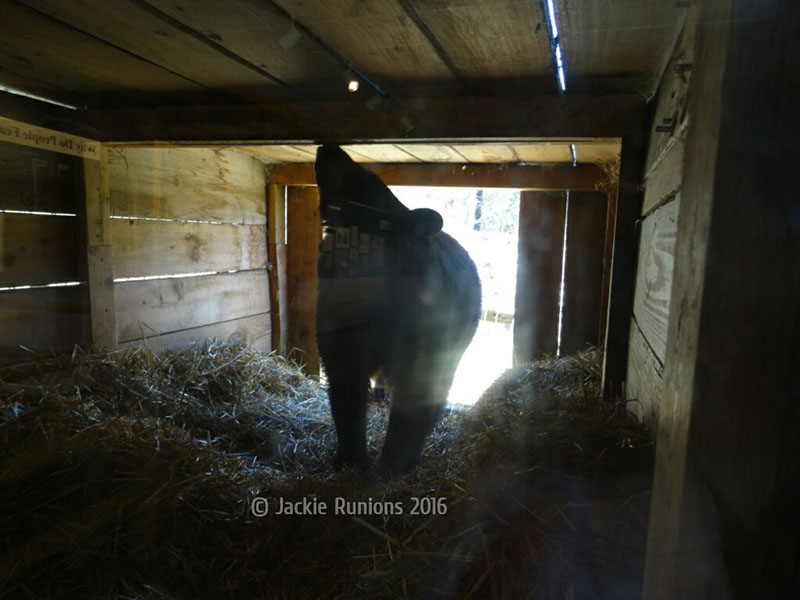 Holly in the window den by J. Runions“I would like to address your last update. I would like our followers and members to know this information.
Holly in the window den by J. Runions“I would like to address your last update. I would like our followers and members to know this information.
On Wednesday Ted sat by his fence and watched. He received attention from Cindy and staff. After Cindy left, Ted stayed by the fence but eventually went into his den to rest. He was at the fence gate when Lynn and I approached it. He was seeking attention from Lynn.
On Saturday, April 30, Ted walked over and investigated where Honey had laid for 8 days. April 20-28th, when she was buried. He spent about 10 minutes there.
Lucky and Holly had done the same but only to smell around and then leave.
Is Ted grieving? I would say he knows something is different . . .
As for Lucky, he went into the window den and sniffed around. Holly was very cautious passing in front of the den; perhaps waiting for the explosive response she had always gotten from Honey.
Yesterday, Holly was about 3 feet from Ted on the mound receiving some treats. When I went up by Ted, she immediately left the area. She is still not sure of herself around the big guy.”
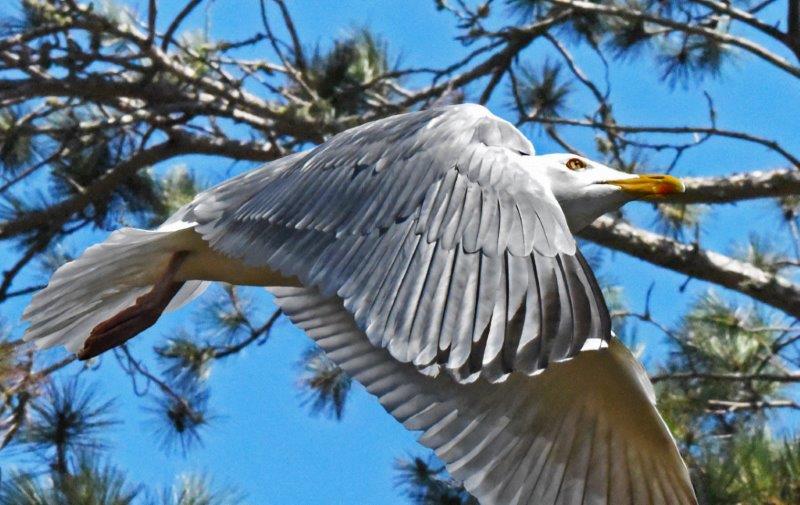 Herring gullToday, Holly’s caution about the window den changed. She apparently is confident that Honey is not around to chase her. A Lily Fan snapped this picture of Holly exploring Honey’s window den. It will be interesting to see who takes it over. Ted used to use it a lot. When he comes down to the pond, will he now use the window den as a place to rest rather than going back up to his pen?
Herring gullToday, Holly’s caution about the window den changed. She apparently is confident that Honey is not around to chase her. A Lily Fan snapped this picture of Holly exploring Honey’s window den. It will be interesting to see who takes it over. Ted used to use it a lot. When he comes down to the pond, will he now use the window den as a place to rest rather than going back up to his pen?
Out the window, two gulls came and both will now take food from my hand—one readily and one on occasion. The herring gull shown is the cautious one that will only take food on occasion. A month ago, it flew away the moment I came out the door. I resist calling animals “it”, but I don’t know how to tell the sexes of gulls.
A common grackle (Quiscalus quiscala) of the aptly named subspecies “versicolor” stood in sunlight that brought out his colors. Grackles look black in poor light, but they light up in sunlight. This subspecies has a blue head, bronze back, and purple tail. Parts of the body go from dull black to brilliant color as they move.
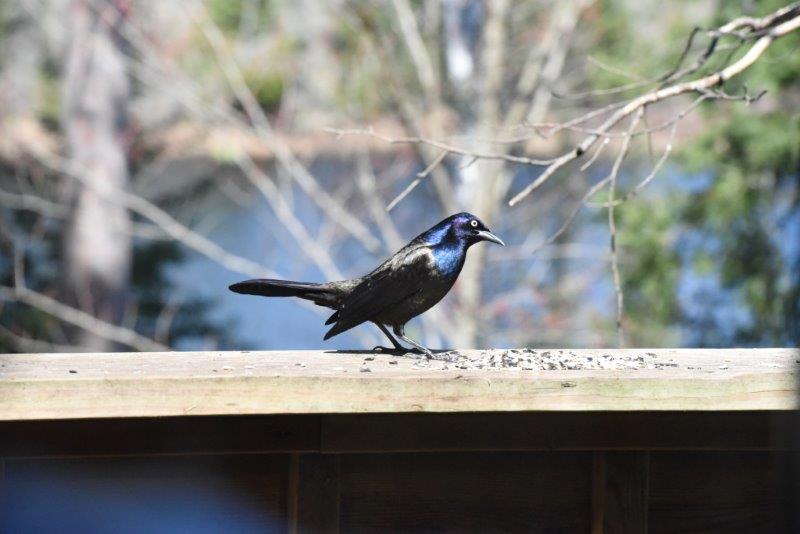 |
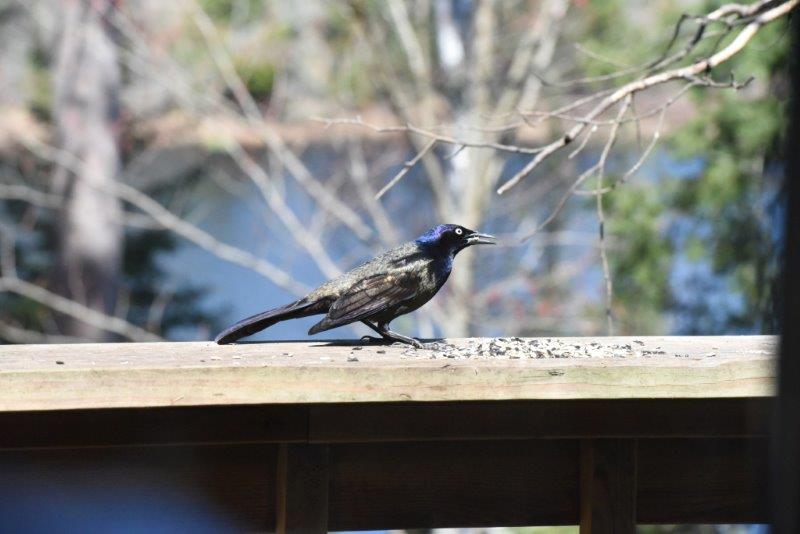 |
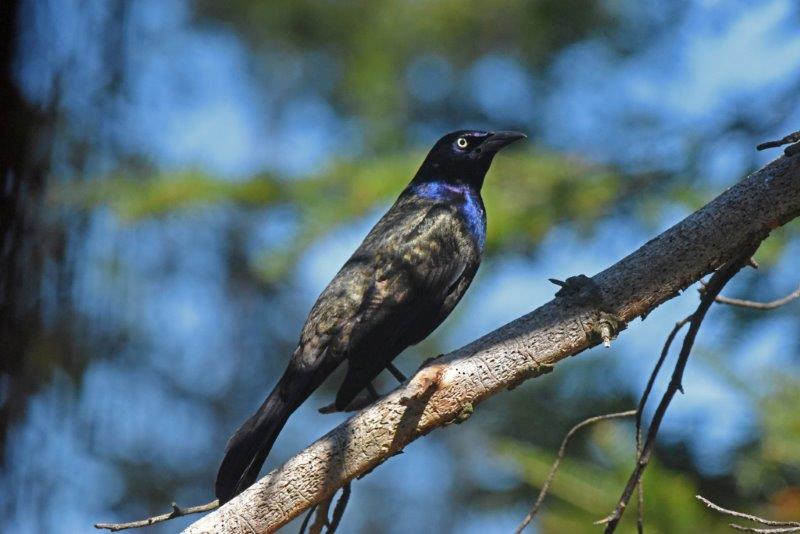 |
| Common grackle | ||
Thank you for all you do.
Lynn Rogers, Biologist, Wildlife Research Institute and North American Bear Center
